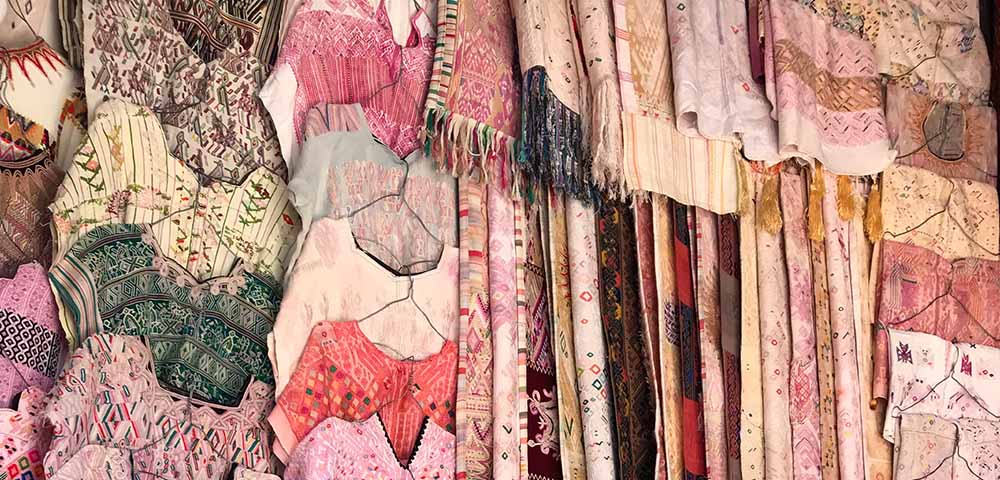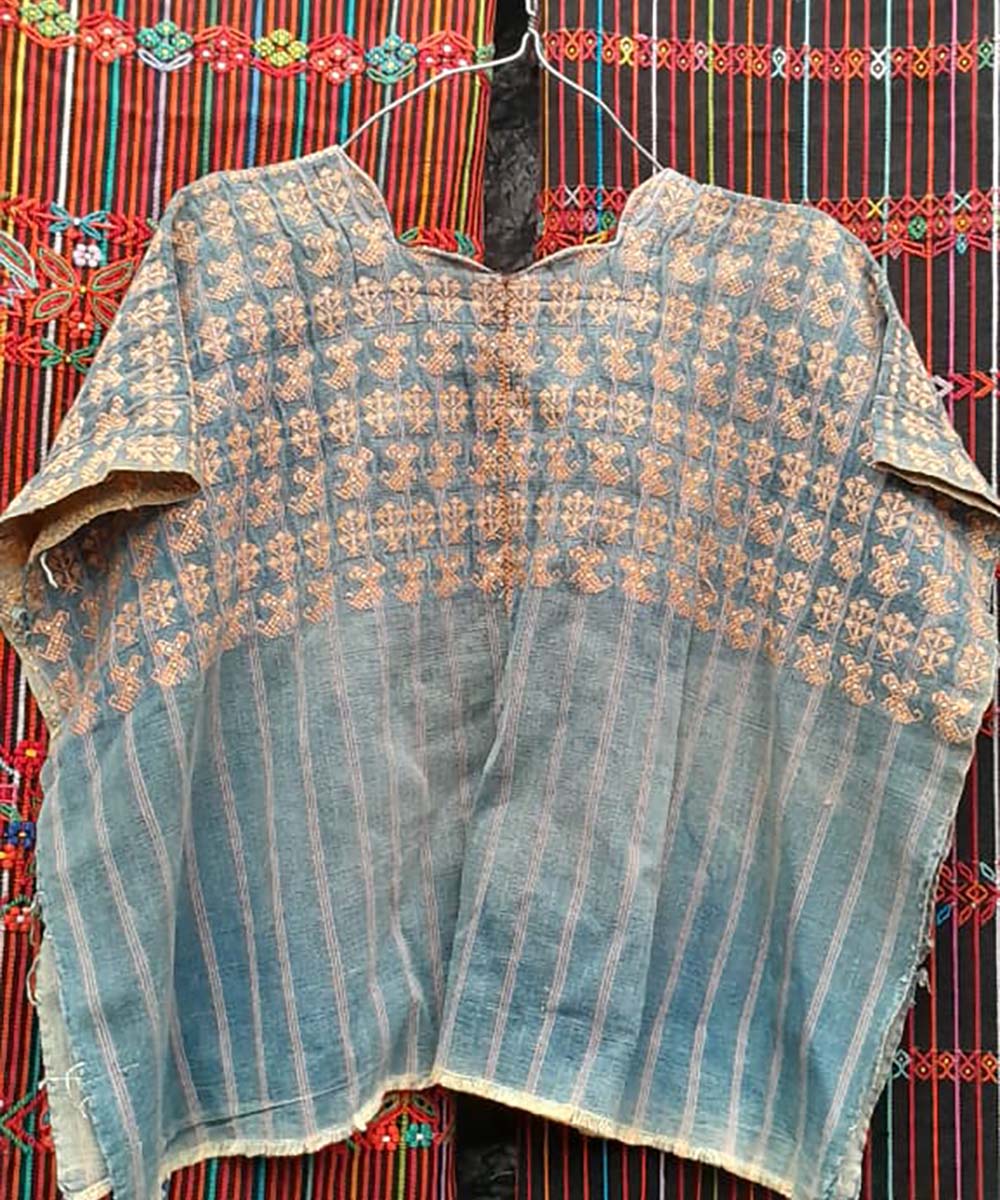
Tzutes - Guatemalan Textiles At Their Best
If you love Guatemalan textiles and have a penchant for their fabulous huipiles then you are going to love their Tzutes because while they have different patterns to huipiles they are still gorgeously off-beat and tribal. They are a rectangular piece of fabric and the ones I favour are pretty heavy on the hand embroidery.
Tzutes were initially used for ceremonial purposes, such as spiritual rituals, weddings, funerals and religious practises and parades. They add that extra flair needed in an outfit to feel special at these important events. Mayans adore their religious ceremonies and they have a lot of them throughout the year. They love dressing up in their best, or wearing costumes and participating in parades. Hence a lot of tzutes were specifically made for these events. It's impossible for a tourist to tell what is a ceremonial outfit compared to an everyday outfit because Mayan women simply don't leave their home unless dressed up beautifully in their traditional clothes. But the ceremonial clothes and tzutes are not used in everyday shopping and errand running, they are kept for special occasions only.

The versatility of this rectangular piece of fabric leaves us western women for dead. Think of clearing your wardrobe out of all your hats, scarves, shawls, baby carriers and shopping bags to replace with a couple of tzutes. The mind boggles!
Mayan women take their tzute with them whenever they leave the house like we take our handbag. They might wear it as a hat while walking to the markets and then bundle their produce into it and carry on their head on their way home. The vendors at the food market might use a tzute to cover their food from flies, and all mothers use them as baby slings - I don't recall seeing a single pram in the three years I lived in Guatemala. I also didn't hear babies crying as the baby is always carried against the mothers body so she can attend to it before its distressed enough to cry.
The tzute is still a fashion item in its everyday form. Whether a matching colour or a contrasting colour, many women wear them draped over their arm or shoulder as an essential part of their traditional outfit.

But its not just the practicalities and the spiritual fashion statement that keeps the tradition of the tzute alive and well. Mayan women are fiercely proud of their heritage and the tzute is a living artefact that bridges the gap between ancient Mayan traditions and the contemporary world.
For us textile addicts who love nothing more than exotic conversation starters gracing our homes - the tzute is hands down a winner. Use them for tablecloths (small tables, don’t forget they’re the size of a shawl), make them into cushion covers, hang them on the wall as textured art or drape them over the back of a sofa - the versatility within the home are almost as endless as the Mayan ladies use of them.

Picture this, you’re heading out to dinner and as you’re walking out the door you notice a nip in the air - just wander back into your living room and pull out that tzute hanging over your sofa and drape over your shoulders for the perfect conversation piece at dinner. Voilà - you are now following in the Mayan tradition of multi-use tzutes.
Below is a selection of pastel tzutes from the Chichicastenango region. These are such a playful textile with the stylised hand embroidered animals. Most Chichi tzutes are a very bright red or rainbow colourful, however I prefer the faded pink textiles and my vendors keep an eye out for me. I sell them as is on Instagram stories and if they don't sell there I make delightful pillows with them. View what's available in store now.

Below is a selection of Nebaj Tzutes that are richly and heavily embroidered in their typical hieroglyph style incorporating animals and birds that celebrate the Mayan reverence for nature.
Most of Nebaj textiles are brilliantly colourful, so when I find any that are faded from age, or the very few pastel or earthy coloured ones I snap them up. If I have any available instore you will find them here.

Tzute's are just one type of Guatemala's world renowned textiles. Their huipil textiles are the most well known and are incredible pieces of art. If you are interested in learning more about Guatemalan textiles I have numerous blogs on many of the different regions and their unique styles. Click here to find more information and photos of different Mayan textiles and their stories.
If you have any questions or comments I'd love to hear from you. Contact me here or message me on my Instagram page.
I'm currently researching (read - asking my vendors) about different corte designs and their regions, so that will be my next blog.
Until then - Hasta la Vista
Willow xx

























1 comment
What a beautiful website and storefront! I love reading all you’ve posted; my mom is from Guatemala but grew up in the states so I love learning about our heritage. I bought a tzute last time I was there but I’ve since had my baby and cannot remember all the ways to wrap it! Do you have any how-to resources you could recommend? Thanks again for all your research. I’ve really enjoyed reading it!
Alicia Meads
Leave a comment
This site is protected by hCaptcha and the hCaptcha Privacy Policy and Terms of Service apply.